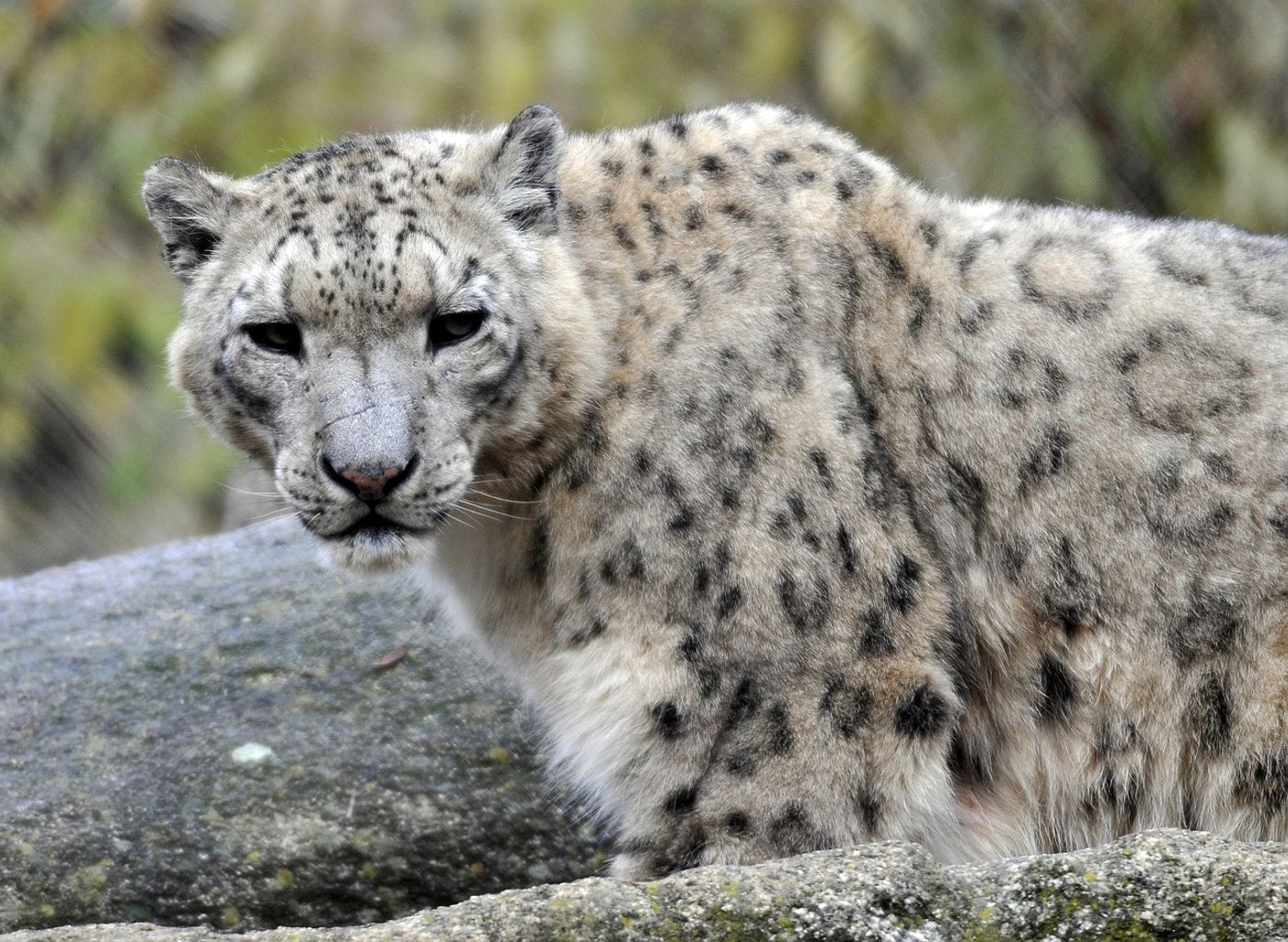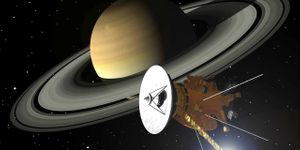Snow Leopard Downgraded to 'Vulnerable' by the IUCN
The International Union for the Conservation of Nature (IUCN) officially announced this week that the snow leopard (Panthera uncia), which was formerly an endangered species, has now been downgraded to the ‘vulnerable’ status instead.
Image Credit: Wolfgang65/Pixabay
While it might be excellent news for those in favor of animal conservation, it doesn’t mean we can let our guard down.
Being downgraded on the IUCN’s Red List from ‘endangered’ to ‘vulnerable’ only means that the species is one step further away from extinction, but it’s still at risk and any wrong moves could land the species right back on the endangered species list.
According to the IUCN, there are more snow leopards in the wild across 12 Asian countries than previously thought, which means they don’t meet the criteria for being labeled an endangered species. This miscalculation ultimately led to the change in the species’ Red List status.
"To be considered 'endangered,' there must be fewer than 2,500 mature snow leopards, and they must be experiencing a high rate of decline," explained Dr. Tom McCarthy, the lead of the Snow Leopard Program.
"Both are now considered extremely unlikely, which is the good news, but it does not mean that snow leopards are 'safe' or that now is a time to celebrate. The species still faces 'a high risk of extinction in the wild,' and is likely still declining – just not at the rate previously thought."
Related: Hundreds of snow leopard killings each year go unreported
Snow leopards have faced decades of habitat loss via climate change and illegal animal poaching fueled by their valuable pelts, but heightened alertness to these issues has helped protect the animals’ populations from dipping any lower than they already have.
Considerable efforts have gone into protecting the species and ensuring its populations didn’t decline, so it’s certainly comforting to know that the big cats’ populations aren’t plummeting as bad as they once were.
On the other hand, the latest amendment to the Red List isn't convincing everyone. Some fear that many will take the downgrade as a reduction in seriousness toward the snow leopard, resulting in dire consequences for the species.
Worthy of note, the IUCN made a similar decision for the Giant Panda around the same time last year. The species was downgraded from its endangered status to vulnerable instead.
Abrupt changes like these are enough to make anyone wonder just how many other animal species on the IUCN’s Red List aren't properly accounted for. It should be interesting to see if any other animals see Red List downgrades as conservationists double-check their data.









